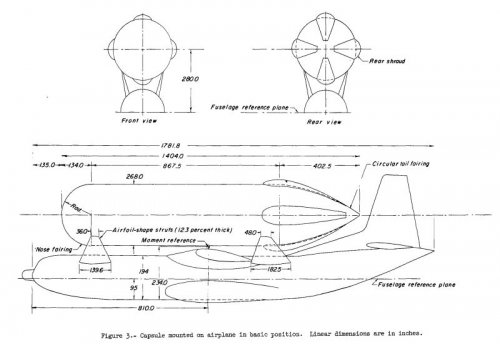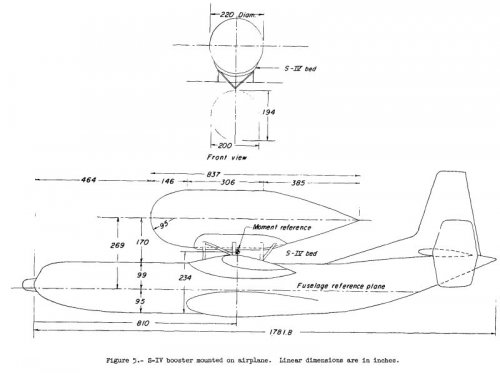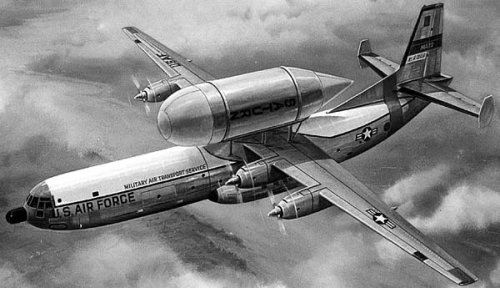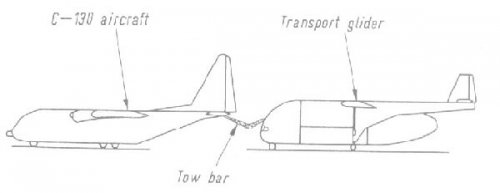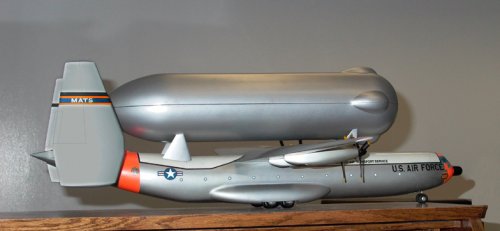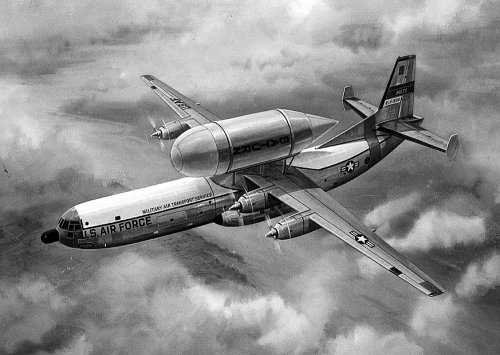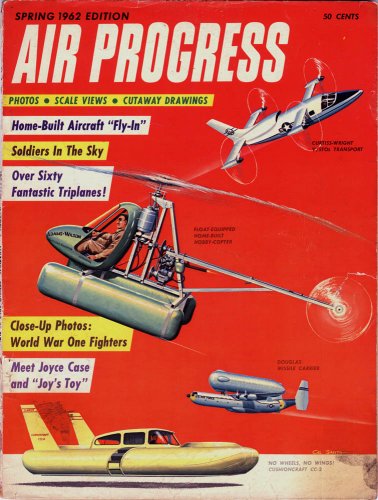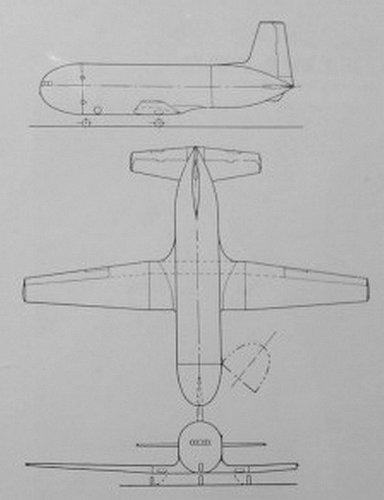Excerpts from NASA publication SP-4206 "Stages to Saturn":
As the Saturn I program progressed, NASA officials became increasingly concerned about coordinating arrival of separate stages at the Cape to meet the launch schedules. Lower stages for the Saturn I and Saturn IB required a comparatively short voyage from Huntsville and from Michoud. Delivery of the S-IV and S-IVB from California also involved the use of seagoing barges and transports to carry these upper stages down the Pacific Coast, through the Panama Canal, across the Gulf of Mexico, and finally across Florida to Cape Canaveral. The odyssey of the S-IV and IVB stages required occasional side trips up the Mississippi and Tennessee rivers to Huntsville for additional tests at MSFC facilities before returning to the Cape. This complex and slow operation and the [309] potential delays from foul weather at sea generated increasing concern about meeting carefully coordinated deliveries of vehicle stages and related hardware. Transportation of the larger S-II second stage of the Saturn V and the S-IVB third stage from California to the Cape multiplied the concern. Another potential weak link was the Panama Canal. If the canal were to be shut down for some reason, seaborne shipments would be forced around South America and the carefully calculated launch schedules would collapse.27
Against this background, managers within NASA began thinking about other modes of transportation to ensure rapid delivery of upper Saturn stages, beginning with the S-IV. The size of the S-IV ruled out delivery to the Cape by rail or road. As the lead center of launch vehicle development, MSFC let a contract in 1960 to the Douglas Aircraft Corporation to determine the feasibility of air transport. A Douglas assessment team spent several months on the project and came up with a proposal that envisioned a "piggyback" concept that used an Air Force C-133 transport. Design studies included pictures of the rocket stage positioned above the C-133 and perched atop streamlined fairings. Because the stage was exposed to the passing airstream, planners expected to fit the stage with a streamlined nose cone, with vertical stabilizers at the rear to enhance its aerodynamic qualities in transit. Suggestions from other sources ran the gamut from airplanes to gliders to lighter-than-air vehicles. One proposal envisioned the use of a blimp, which would putter along from California to Florida with a swaying S-IV stage slung underneath. As late as 1963 serious thought was given to resurrecting a modern successor to the prewar dirigible, with an interior cargo hold to carry rocket stages.28
The Douglas organization already possessed its own reservoir of experience in the transportation of rockets by aircraft. The Douglas Thor IRBM had been freighted regularly on transcontinental and intercontinental flights by Douglas C-124 Globemasters, and the company was confident that this mode of transport was practical because its own aerial operations had not damaged any rocket or its systems. The Thor, however, had been designed for airborne shipment,29 and the situation was now reversed. Douglas was ready to listen when approached with an unusual scheme: the modification of an existing aircraft to completely enclose the rocket stage with an airplane's fuselage.
The idea of a bloated cargo airplane originated with an imaginative group associated with John M. Conroy, aerial entrepreneur of an outfit aptly named Aero Spacelines, Incorporated, in Van Nuys, California. Aero Spacelines intended to acquire surplus Boeing B-377 Stratocruisers. About 1960, Conroy and some partners acquired title to over a dozen four-engined airliners, used mainly by Pan Am and Northwest Orient on their intercontinental routes during the Stratocruiser's heyday in the 1950s. The Conroy group at first planned to use the planes for [310] nonscheduled air carry operations, but airlift for Air Force rockets also looked promising. By 1961, plans had progressed to fly NASA's new family of large launch vehicles.30
Drawing heavily on his own financial resources, Conroy pushed the idea of his bulbous, "volumetric" airplane despite the considered opinion of many aircraft engineers and aerodynamicists that no plane could be distorted and distended enough to swallow an S-IV rocket stage and still be able to fly. But Conroy was persuasive. R. W. Prentice, who managed the S-IV logistics program at Douglas, remembered him as real "swashbuckler," the sort of aviation character that reminded him of the cartoon hero named "Smilin'Jack." Conroy apparently found some kindred souls among influential Douglas executives, because he persuaded the company to go along with him on a presentation to NASA and MSFC. Some of the NASA managers were unconvinced, but the energetic Conroy touched a responsive chord in MSFC's visionary director, Dr. Wernher von Braun. As John Goodrum, chief of MSFC's logistics office, recalled the sequence of events, von Braun warmed to the idea from the start. The idea was innovative and its boldness appealed to him. Neither MSFC nor NASA Headquarters could allocate substantial funds to such a project at the time. Nevertheless, buoyed by the interest evinced at both Douglas and MSFC, Conroy decided to plunge ahead, although there was no guarantee of a contract.
28. Akens, Saturn Chronology, pp. 17-18; H. L. Lambert, "Can Saturn S-IV be Piggy-backed by C-133 from Santa Monica to Canaveral," Society of Automative Engineers Journal, 69 (Dec. 1961): 70-71; Frank G. McGuire; "Airship Studied as Booster Carrier," Missiles and Rockets, 12 (4 March 1963): 16; "Saturn S-IV Hints at Future Problems," pp. 32-33.
29. H. E. Bauer, "Operational Experiences," pp. 10-11; Julian Hartt, Mighty Thor (New York, 1961), passim.
30. Donald L. Stewart interview, MSFC, 1 Aug. 1972. Formerly an engineer at Boeing, Stewart came to MSFC in 1961 and became associated with logistics management, particularly the Guppy operations. Conroy's final acquisition of the Stratocruisers evidently came from Transocean Airlines, an active nonscheduled airline from 1946 to 1960, when it went bankrupt. See, for example, Bill Eaton, "Transocean's Stratocruisers Languish," Journal of the American Aviation Historical Society, 9 (Fall 1964): 229-230.
31. Goodrum interview; Prentice interview; Stewart interview.
32. Jane's All the World's Aircraft (London, 1909-), for 1955/56 and 1971/72, respectively. Details of the conversion job are given in Harold D. Watkins, "Boeing 377 Undergoes Flight Test," Aviation Week and Space Technology, 78 (24 June 1963): 80-81,84.
33. Bauer, "Operational Experiences," p. 11; R. W. Prentice, "Transportation of Douglas Saturn S-IVB Stages," Douglas Paper no. 3688, Nov. 1965, pp. 14-15.

